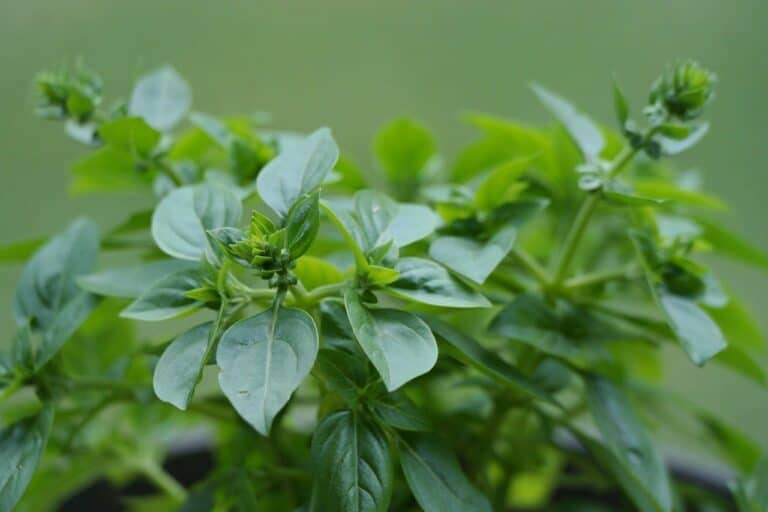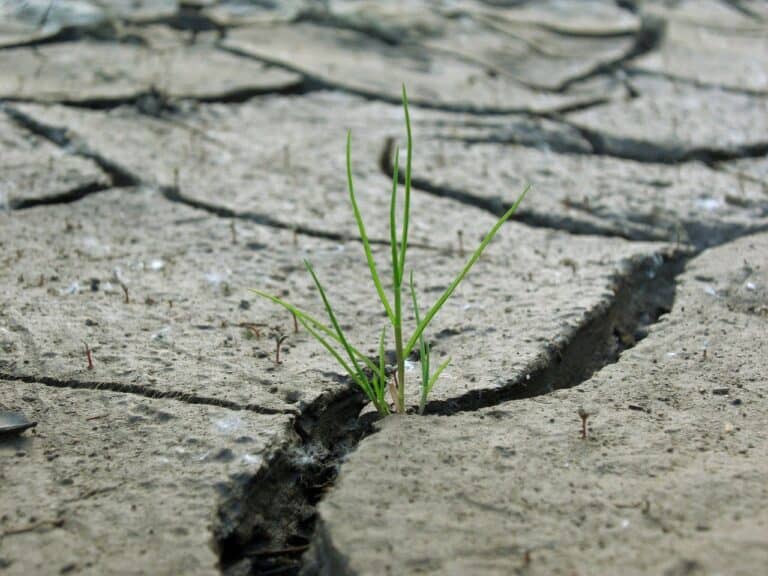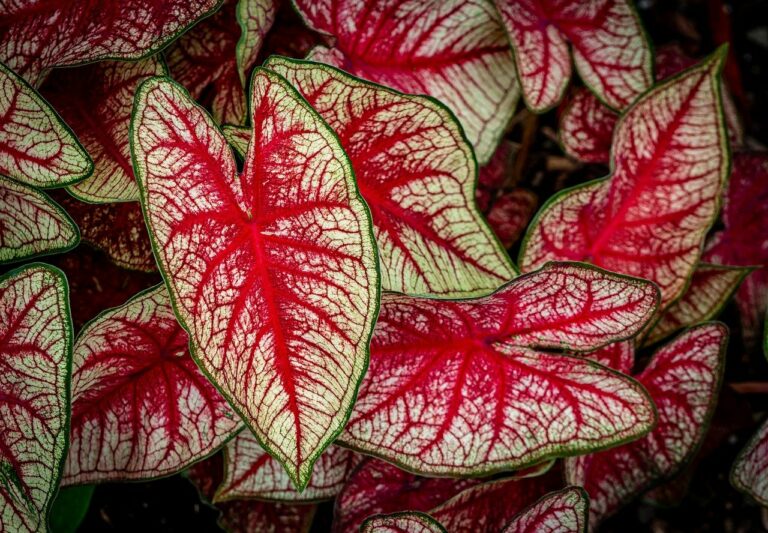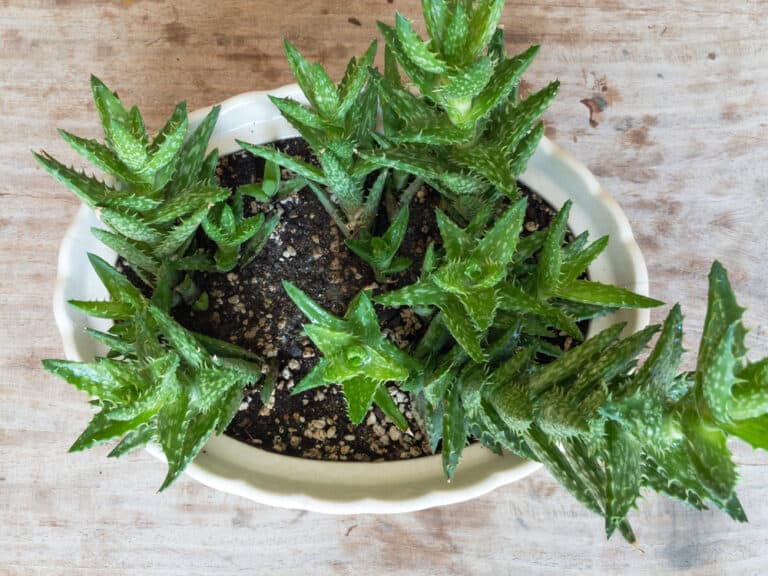Your plants can fall victim to many diseases from time to time. The problem is, these diseases become very dangerous to the plant if not treated timely. A plant will always show symptoms if anything is bothering it. So by noticing the signs, you can identify what’s wrong with your plant.
Table of Contents
Common Plant Diseases: Identification and Control
And if you identify the symptoms early, you can start taking the proper treatment approach and save your plant. However, remember that if you take the wrong action, it can make the condition of your plant even worse.
Don’t worry. This article is here to give you a thorough idea about the various kinds of plant diseases with their easy and effective control measures.
So, let’s get going-
Some Common Fungal Diseases
1. Black Spot and Other Fungal Leaf Spot
Black and other leaf spots are the most common fungal diseases for indoor and outdoor plants. But the black spot is primarily found in rose plants. The disorders can develop if the leaves are wet for a long time(more than 6 hours).
Sign and Symptom
Round with fringed margins small size (.5 inch) black(black spot), brown and red-colored spots appear on the leaves. The sign shows at the lower leaves first, and in severe condition, the entire leaves turn yellow and drop off.
2. Rust
Rust is a wide-spreading fungal disease that attacks all kinds of plants, including roses, snapdragons, tomatoes, beans, and other ornamental plants. Rust is favored by high humidity, low light, and high temperatures, especially when the leaf surface is constantly wet.
Sign and Symptom
The symptom starts at the underside of the leaves as slightly raised white spots. As the disease progresses, the white areas get covered by reddish-orange spores. Eventually, the leaves turn yellow, distort, and drop off from the plant. In addition, the stems also get black spots.
3. Anthracnose
Anthracnose is caused by Colletotrichum fungus. It spreads very fast during the rainy season when the humidity and temperature both are high. Anthracnose infects many kinds of plants, but cucurbits are the most susceptible.
Sign and Symptom
Stem, leaves, and fruits all develop dark water-soaked lesions. The center of the lesions is slightly pinkish. The leaves get distorted and often drop off during spring. Moreover, the infected fruit starts rotting in moist weather.
4. Powdery Mildew
Powdery mildew is another common plant disease that is caused by fungus. And it can damage a wide, wide variety of plants. Like all other fungal diseases, it also develops in dry, warm, and high humid areas.
Sign and Symptom
Powdery mildew is very easy to identify. Primarily. The white and light gray colored powdery substance appears on the upper surface of leaves, stems, flowers, and fruits. Then the leaves start yellowing: curling and drying.
5. Downy Mildew
Downy mildew is caused by some plant pathogens that are related to algae. And it occurs in the early spring or late fall when the weather is cool and moist.
Sign and Symptom
The older leaves of the affected plant appear pale green or yellow-colored with large, angular, or blocky spots on the upper surfaces. And the lower surfaces of the leaves show water-soaked and purple-brown mold. This disease can spread rapidly and damage leaf tissue but not affect the stems.
6. Wilt
There are mainly two types of wilt. Fusarium Wilt and Verticillium Wilt both are soil born and thrive in high temperatures (25°C). However, both the disease hamper the water and nutrient uptake of the plant resulting in wilting.
Sign and Symptom
The leaves become yellow and start wilting. The plant becomes stunted, and the leaves start dropping off. The roots also get injured. Eventually, the plant dies.
Control Measure Of The Fungal Diseases
Fungal problems are very troubling, but the good news is you can follow almost the same control measures for all of them.
Firstly, get rid of all the plant’s infected leaves, stems, and flowers so that the fungal spores cannot infect other healthy plants nearby. Then, treat your plants with the best fungicide that is very effective but safe to apply.
Fungal spores survive in the soil, so it’s best to change the ground of your infected plant if possible. First, uproot your plant and wash the roots gently to clean off the infected soil. Then replant it in fresh and fungus-free soil.
Always avoid overwatering and try to water only when the soil is dry. Also, don’t forget to keep the leaves dry while watering.
# Recipe 1:- Copper Spray Recipe
Ingredients
- One tablespoon of copper sulfate
- 25 ml of Hydrated lime
- 2 liters of water
Steps
- Take the copper sulfate and add it with the water in a plastic bucket.
- Then add the hydrated lime slowly and continue to stir while adding.
- Now pour it into the sprayer and shake before spraying on your plants.
- Always prepare new solutions and don’t store the leftovers.
- After use, clean the spray bottle with water.
Some Common Bacterial Diseases
1. Bacterial Canker
It’s a prevalent disease of fruit trees, including cherries, apricots, plums, and peaches.
Pseudomonas syringe is the bacteria that causes Bacterial Canker. It usually enters through injured bark and wounds during winter or early spring.
Sign and Symptom
The barks get sunken water-soaked lesions that secret gummy substances. The recessed holes are called “shot holes.” Since the bacteria enter through the wounds, a bad-smelling sap comes out from the wounded part. As the disease progresses, the cankers become dark or reddish-brown.
2. Bacterial soft rot
The genus Pseudomonas and Erwinia cause bacterial soft rot. They attack in warm and humid conditions to a wide variety of plants. But vegetable plants such as cucurbits, tomatoes, capsicum, and carrots are their favorite target.
Sign and Symptom
This is a hazardous disease because it affects all parts of the plants like leaves, stems. Roots and vegetables. The infected part starts to rot and increases the rotten area quickly. In addition, these rotten parts spread a foul odor.
3. Bacterial wilt
It’s the wilting of plants because of the bacteria Erwinia tracheiphila. Bacterial wilt causes severe damage to many plants, especially cucurbits. It’s transmitted mainly by beetles and other insects that feed on the infected plant. The bacteria block the vascular tissues, and as a result, the plant wilts.
Sign and Symptom
Leaves turn light green, and the margin slowly turns brown. The plant very quickly wilts and eventually dies. If the stem is wounded, bacterial ooze is seen coming out.
The Control Measures of Bacterial Diseases
Bacterial diseases are pretty much complex to get rid of. You have to be patient about that. Trim all the infected leaves and cut off the infected part of the stems. This will prevent further infection.
Start with removing all the infected leaves and cut off the infected stem portions if possible. Then change the container’s soil and never use this bacteria-infected soil for any other plant. After that, use a good bactericide on your plant by following the label directions
Remove the spotted leaves from the plant and dispose of them very carefully. It’s best to wrap them in a plastic bag and throw them in the garbage. Then, you can use the copper spray recipe given above to treat your plants for bacterial diseases.
Viral Disease Of Plants
Mosaic Virus
The mosaic virus causes devastating damage to any kind of plant. This virus spreads very fast to other plants and affects flowering and fruiting drastically. This is spread mainly by aphids, leafhoppers, and whiteflies. Mosaic virus fatally affects many plants, especially tomatoes, potatoes, squashes, melons, and cucumbers.
Sign and Symptom
The leaves get irregular patches of yellow and light green stripes. Additionally, the leaves get wrinkled and become small. The growth of the plant is stunted and stems dry out. The infected fruits get deformed and develop some raised spots.
The Control Measures of Viral Diseases
Viral diseases are tough to treat. Sometimes they aren’t treatable at all. If the viral infection is not severe, the plant may live. Otherwise, the virus ends up killing the plant in most cases.
So you have to prevent this disease at any cost. Since insects spread it, you have to control it with a suitable pesticide. (our pick)
While getting a new plant, check if it’s healthy and disease-free. Clean the garden tools before and after working with them. Always keep your plants weed-free. Keep your other healthy plants away from the diseased plants.
Frequently Asked Question (FAQs)
Is the mosaic virus harmful to humans or pets?
No. the Mosaic virus is only specific to plants. It’s not harmful to humans or pets.
Is baking soda a good fungicide?
Baking soda is very effective against fungal diseases, including powdery mildew and downy mildew.
Conclusion
To protect your plant from these devastating diseases, you must know what the symptoms are so that you can see whether it’s a fungal bacterial or viral disease. After learning the disease type, you will decide to take proper steps and save it effectively.
I hope this article was helpful to you for the identification of various native diseases and their solutions.








